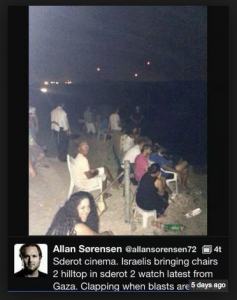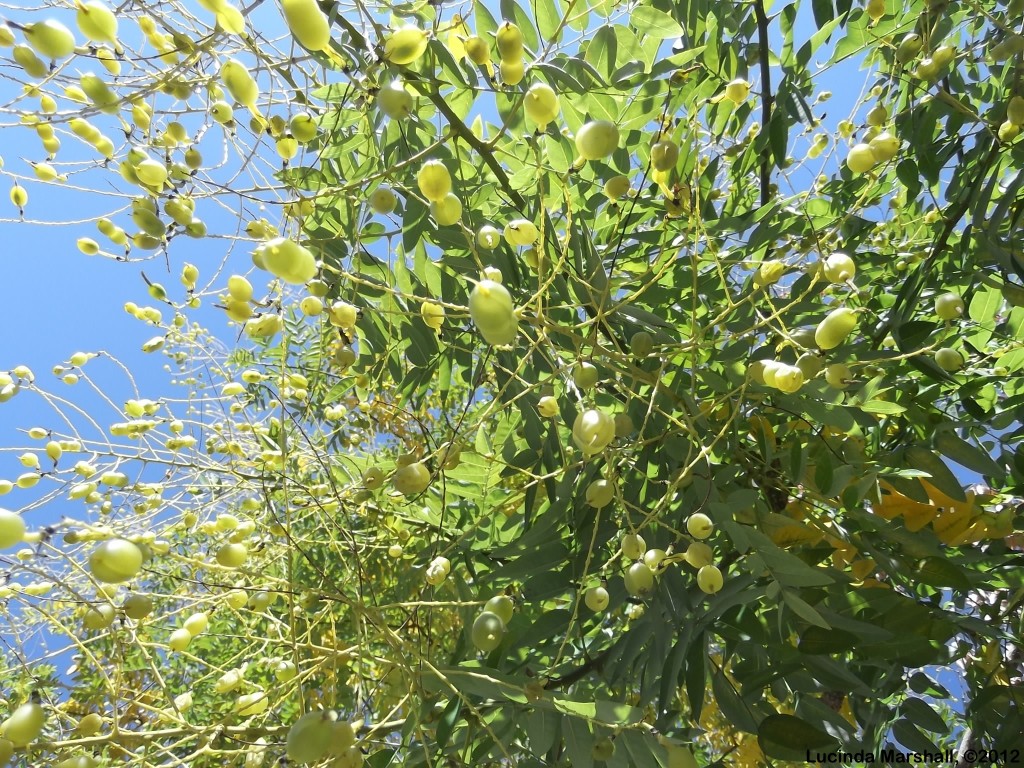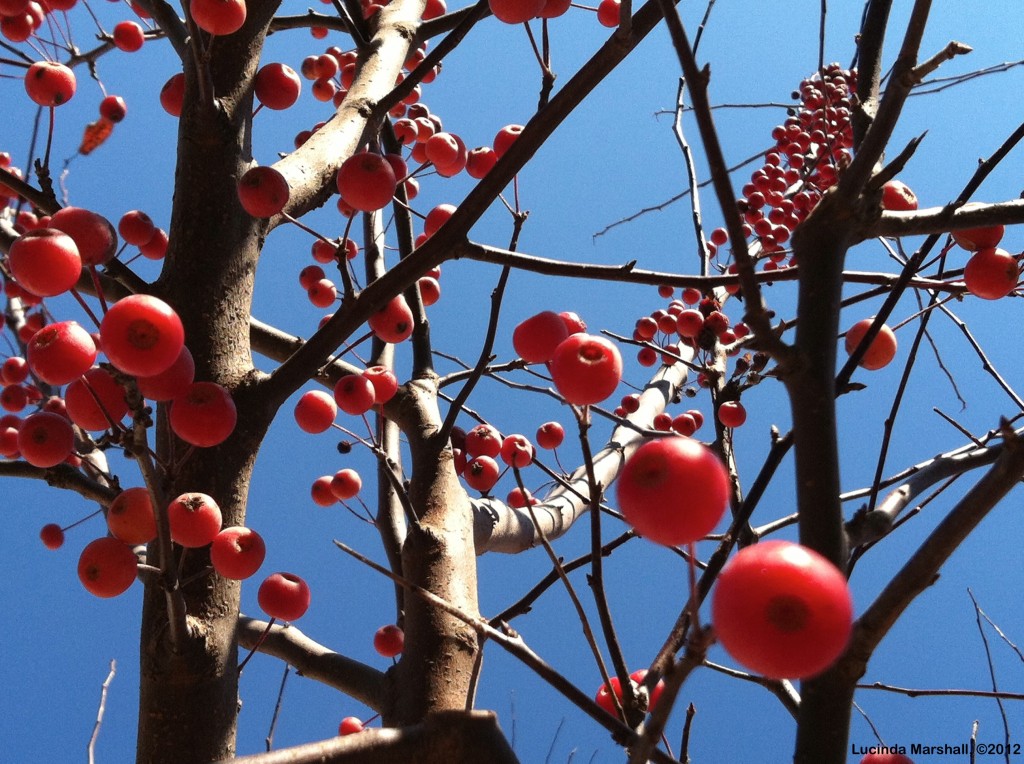My mother lives in Arizona where the reality of children streaming into the country looms large. “What’s to be done?” she asked when we spoke the other day, as horrified by border vigilantes as I am but recognizing that we are indeed faced with a mounting humanitarian crisis. I suggested that any real solution required addressing the causes of the situation. “You should run for President,” she said. I pointed out that logic and reason are losing characteristics when it comes to politics in this country and we left it at that.

Sean Hannity and Gov. Rick Perry on the Texas border.
The awful thing is that as the U.S. copes with the immediate crisis along our southern border, it is unlikely to do much to address the root causes, let alone acknowledge our complicity in their creation. And if history is any guide, whatever action we do take will probably make things worse, particularly if we don’t immediately reign in the citizen militias who are the equivalent of a match in a dry forest.
As I pointed out a few weeks ago, the defense of borders, which are usually drawn at the whim of defeating forces, exacts a terrible toll. Not only are we seeing that in this country but also in Israel and Gaza, where Israeli forces, when they are feeling charitable, give Gazan civilians minutes to flee before bombing their homes, while Israeli citizens sit in lawn chairs on the bluff and cheer as bombs go off, as if they were watching an action film instead of children, real live children, being killed.
While ruminating in despair about this and the long list of other seriously awful things that are happening in the world, I was reminded of a story that Terry Tempest Williams tells in, Finding Beauty In A Broken World where she writes about learning to make mosaics. A mosaic, she learns, “is a conversation between what is broken.”
To say that we have a lot of broken pieces in this world would be an understatement. But they will not be made whole at the point of a gun, or by arrogance, greed and power.
When you are faced with a shattered mess, it is not possible to put the pieces back together as they were before. Just ask Humpty Dumpty–the King’s horses and men couldn’t fix the broken egg (and the back story probably involved the horses trampling on his shell and making matters worse). Which, in an eggshell, is a pretty apt parable for where we are in this world at this moment.
What is required in this broken world is to have the necessary conversations in order to figure out how we can put things together, not as they were before because that neither can or should happen, but in a way that what was broken becomes part of a new whole that, just like Williams’ mosaics, recognizes the beauty of each broken piece.



